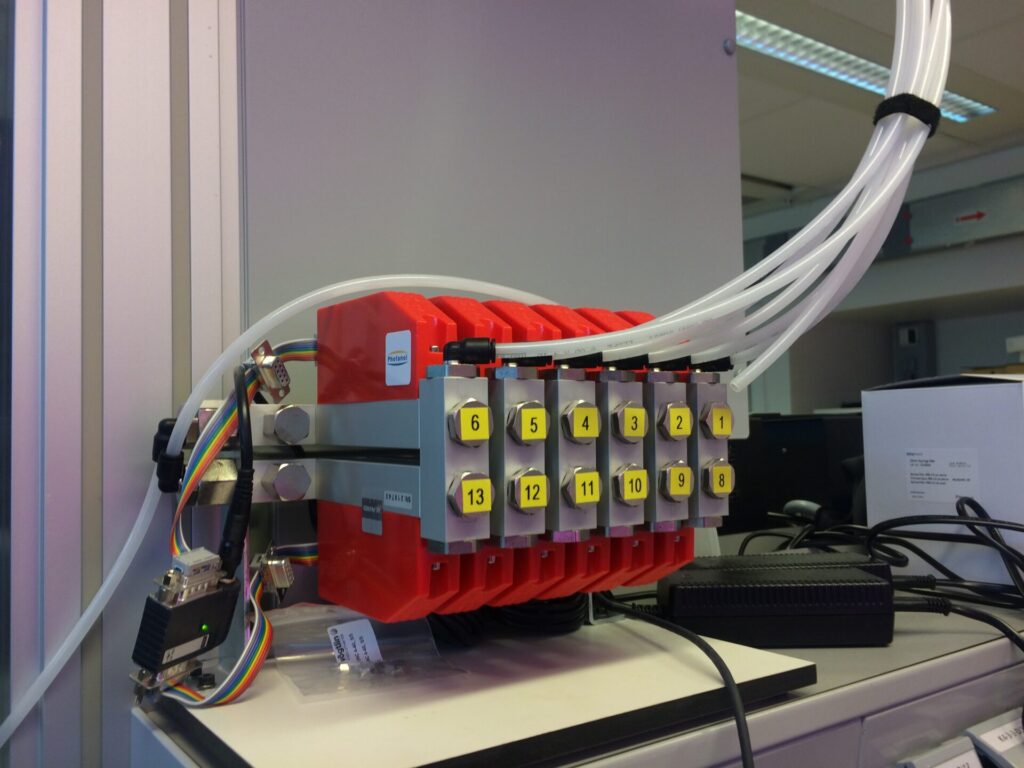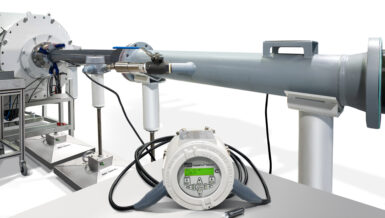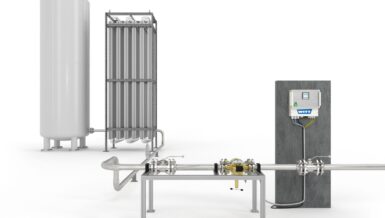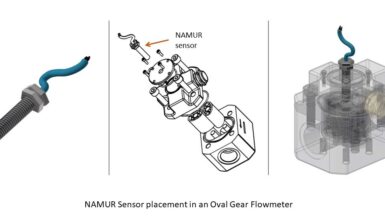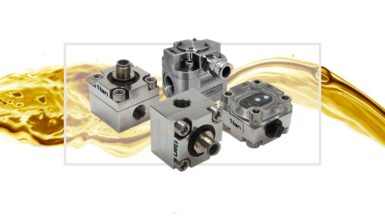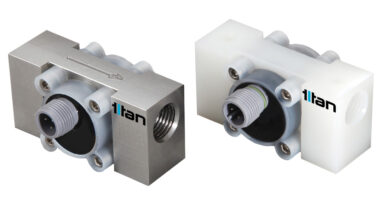Gases in aerobic bioprocesses primarily perform the following tasks
Oxygen supply: microorganisms and mammalian cells need Oxygen to live, grow and multiply. It is their respiration. Too little and they do not grow, too much and you have the risk of oxidative stress, metabolic shifts, increased shear stress because of the required higher agitation or sparging rates. For most processes the optimum DO (Dissolved Oxygen) is 20 to 40%.
Carbon Dioxide removal: CO2 is a by-product of the process. Too much CO2 can acidify the solution and inhibit cell development. It must be removed or controlled.
pH control: Gases like CO2 and ammonia will influence the optimum pH value of the solution. The optimum pH value is very depended on the organism type, some examples:
- Bacteria (e.g., E. coli): 6.5 – 7.5 pH
- Yeasts (e.g., Saccharomyces cerevisiae): 4.5 – 6.0 pH
- Fungi (e.g., Aspergillus): 4.0 – 6.5 pH
- Mammalian cells (e.g., CHO cells): 7.0 – 7.4 pH
- Algae: 6.5 – 8.5 pH
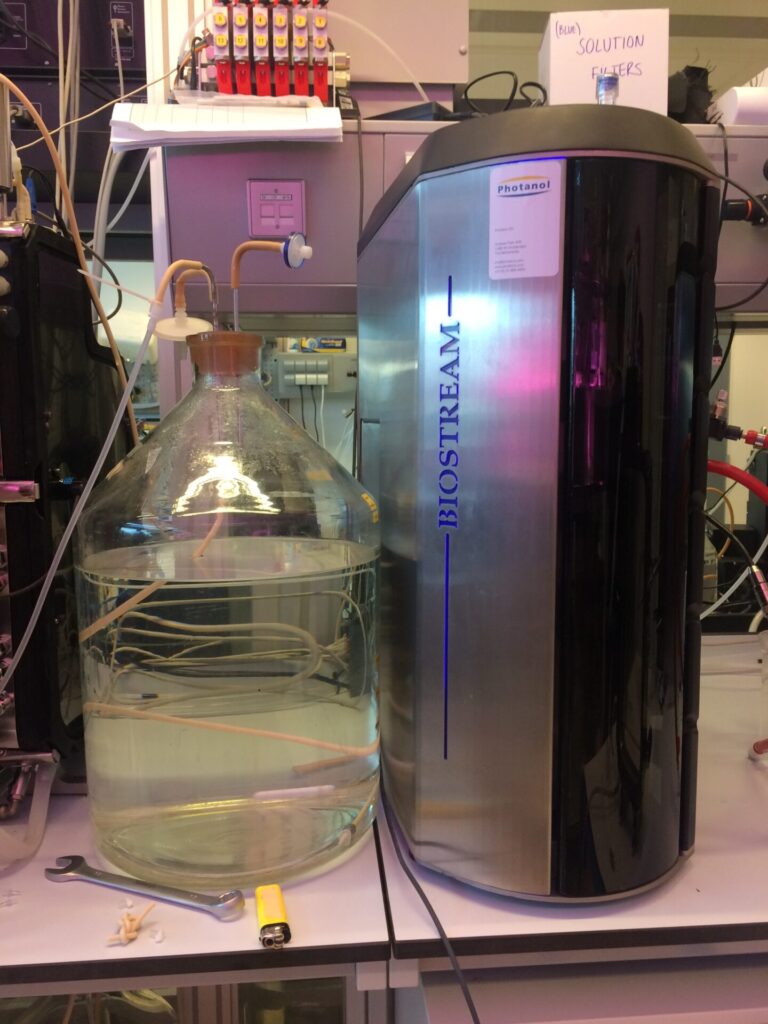
To control the pH value, people use buffering agents like phosphate and bicarbonate, acid/base control by injecting a liquid or adding CO2 gas to the solution.
Sterility and Pressure Control: Inert gases like nitrogen are used to maintain sterile conditions and pressurize the system without introducing oxygen.
Redox Balance and Metabolism: In anaerobic or microaerophilic processes, gases like nitrogen (N₂) or hydrogen (H₂) may be used to create specific redox conditions. This influences metabolic pathways and product yields.
Overlay or headspace gassing: This involves the controlled introduction of gas or gas mixtures into the headspace above the liquid culture and serves multiple critical roles in both aerobic and anaerobic bioprocesses. Main factors are:
- Enhanced Gas–Liquid Exchange: Overlay gassing creates a slight positive pressure in the headspace, which facilitates efficient gas exchange at the gas–liquid interface.
- Contamination Control: The positive pressure helps prevent the ingress of airborne contaminants, thus supporting aseptic conditions during cultivation.
- Foam Suppression: Overlay can reduce surface foaming, although it should not be considered a substitute for antifoam agents where needed.
- Suitability for Anaerobic and Cell Cultures: Overlay is particularly recommended for anaerobic fermentations and shear-sensitive cell cultures, such as mammalian and stem cells.
- Improved Performance in Specific Fermentations: In practical experience, overlay gassing has significantly enhanced outcomes in Pichia pastoris fermentations, supporting better oxygen availability and pressure control.
- Reduced Shear Stress: Unlike sparging, which introduces gas directly into the liquid phase and can generate damaging shear forces, overlay gassing is non-invasive and protects fragile cell types like CHO and hybridoma cells.
- Evaporation Control: Use of humidified overlay gas minimizes media evaporation, especially important in small-scale bioreactors or shake flask systems.
- Gas Selection Considerations: Overlay gas can be the same as the sparging gas mixture (commonly air, O₂, and CO₂), or it can be an inert gas such as nitrogen, particularly in anaerobic cultures. The choice of overlay gas should be made strategically based on the organism, process requirements, and scalability.
Overlay gassing, though sometimes overlooked, is a critical operational parameter in bioreactor-based processes. Its thoughtful implementation can enhance culture performance, ensure sterility, and improve scalability across different bioprocessing stages.
Conclusion
All in all, gases are there for process optimization. Gas composition, flow rate, and pressure are constantly and dynamically optimized to maximize cell density,enhance productivity and minimize shear stress and foaming.
Quality gas mass flow controller will be accurate, repeatable, stable and have no drift over time. They are FDA compliant and meet the USP class VI and ADI free.
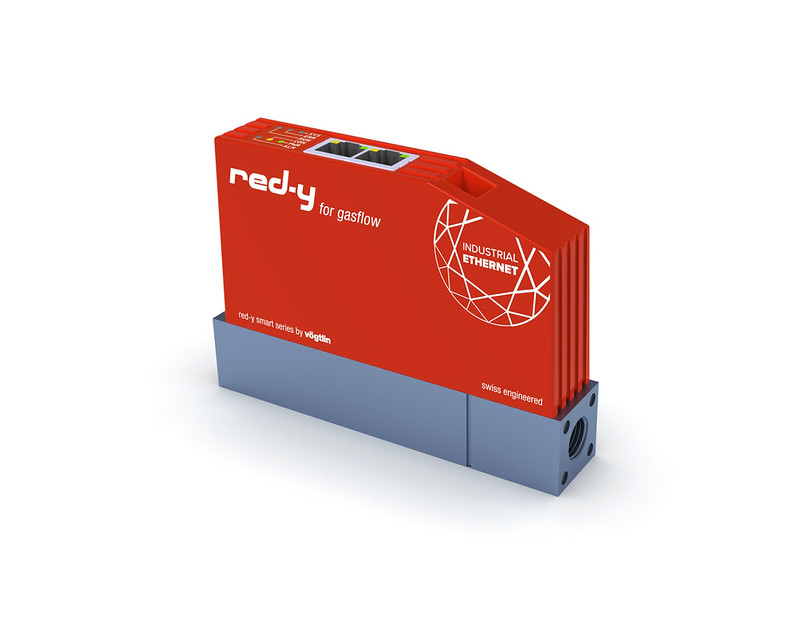
The Vögtlin smart series meets all these requirements:
- Available as individual devices or module packages
- Modern industrial Ethernet protocols such as Profinet, EtherCAT and EtherNet/IP, as well as classic fieldbuses Modbus RTU and Profibus for maximum flexibility
- Flow ranges from 0–5 mln/min to 450 ln/min (depending on gas)
- Large dynamic range enables precise metering of the smallest to high gas flows
- 3-year warranty
- Swiss supplier to leading bioreactor manufacturers since 1986, production in Germany



